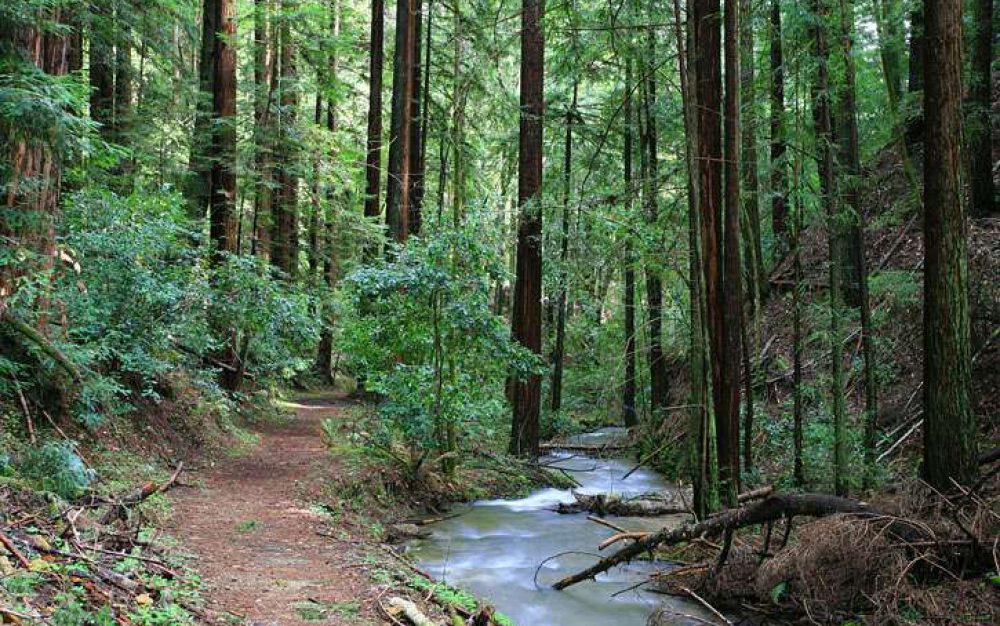Happy day before Halloween!
Several weeks have passed since I emailed A Room of Her Own Foundation for Women: Writers: Artists, a well-funded nonprofit also known as AROHO.
The A Room of Her Own website features a profile of a young Virginia Woolf in its logo. Woolf is referenced throughout the AROHO website, i.e. the foundation’s mission and Woolf’s bio. There’s not a peep about her lifelong struggle with manic depression which had a massive influence upon her work.
I wrote in gory detail about what happened after I contacted AROHO in my post A Stigma of Her Own. While the post received fantastic replies and generated a lively discussion, when it came to AROHO’s eagerly anticipated reply to my suggestions, I only heard crickets chirping.
I’m not surprised they didn’t get back to me “thoughtfully”- that’s what their auto-generated email which I received from them promised me: “Thanks for your email and we’ll get back to you thoughtfully within a few days.”
However, I was disappointed all the same. I figure that whoever ignored my emails will have to face her stigma at some point. She won’t be able to run away from it, since mental illness affects one in four people in this country.
An interesting thing that came out of this experience was finding two books written solely about Virginia Woolf’s life with manic depression. (There very well may be more books, as I only did a quick Google search!)
The book by Thomas C. Caramagno titled Flight of the Mind got great reviews across the board and get this – it has an afterword by Dr. Kay Redfield Jamison, author of the bestseller An Uniquiet Mind and numerous other books. (Dr. Jamison discusses Woolf and manic depression in her classic book Touched with Fire.)
The other book is titled The Marriage of Heaven and Hell: Manic Depression and the Life of Virginia Woolf by retired British psychiatrist Peter Dally. It only received one Amazon review (at least it was 5 stars), but Kirkus and Library Journal’s reviews were very lukewarm.
Before I continue, I promise each of you I will let this subject go, but here’s my last longwinded sentence to sum up everything:
I located these two Woolf & manic depression books after I contacted AROHO. I was frankly amazed to find two books written exclusively about how Woolf’s manic depression affected her writing.
The fact that AROHO, a big, cushy nonprofit claiming to be dedicated to women writers and artists, has swept such a profound aspect of Woolf’s life under the carpet is ludicrous.
I wish I could get Woolf’s take on it! Who knows what she would say or write on the matter? I could have a seance tomorrow night and ask her myself…NOT! 😉
(For the record, I’m fascinated by the afterlife, but I wouldn’t be up for doing that. It would most likely annoy Woolf.)
So on that cheerful note I bid you adieu.
I wish you a wonderful Halloween, my favorite day of the year! What will you be? I’m going to be a mysterious dark vampirish lady sans fangs.
take care & be careful on the streets while filling up those candy bags. (Hey! You’re never too old.)
Dyane
p.s. I would LOVE your take on any of this: Virginia Woolf, stigma, hypocritical nonprofits, seances, the afterlife, whatever.
p.p.s. My friend the blogger extraordinaire Kitt O’Malley shared a very cool resource: UC Press E-books Collection to read Thomas C. Caramagno’s book The Flight of the Mind – Virginia Woolf’s Art and Manic-Depressive Illness.
Please visit the link here
Dyane’s memoir Birth of a New Brain – Healing from Postpartum Bipolar Disorder with a foreword by Dr. Walker Karraa (author of the acclaimed book Transformed by Postpartum Depression: Women’s Stories of Trauma and Growth) will be published by Post Hill Press in early 2017.







You must be logged in to post a comment.